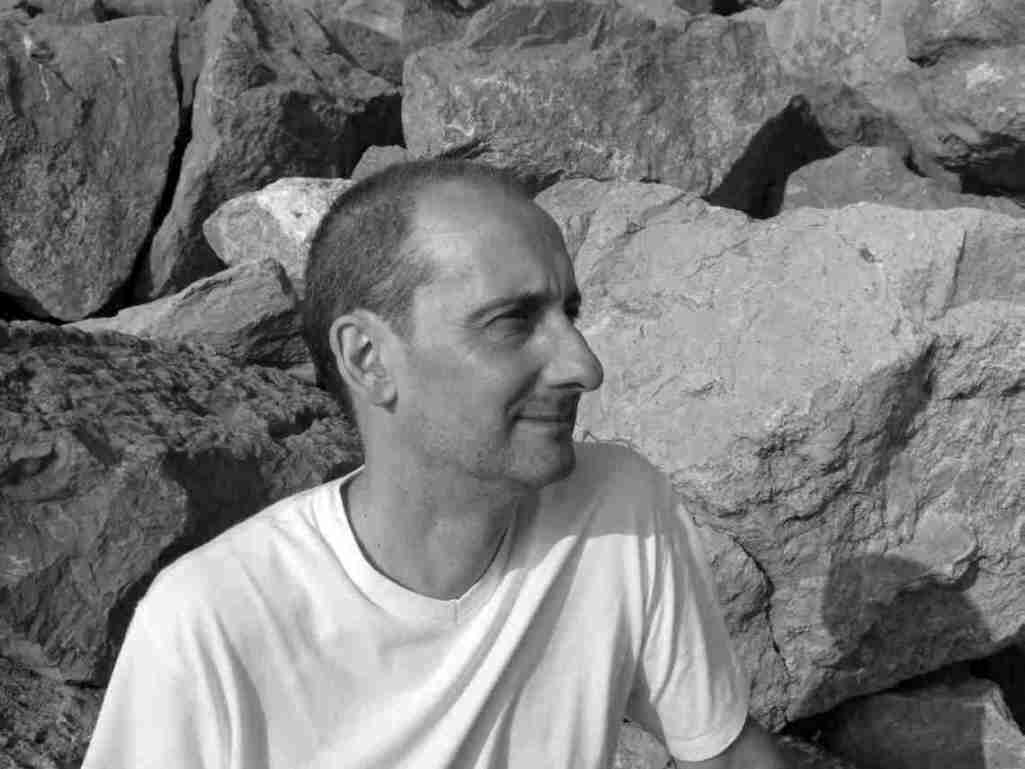
That walk they had in the country, over the fields from Upton, "Public footpath to Thingwall". Some stupid boy (or was he, on the contrary, being profound) had turned the red signpost in the opposite direction, towards Wallasey, towards Leasowe, towards the sea. Warm fresh bread and butter with their tea. It was in Greasby they saw the horse in the stable - "dreaming and warm", she had read of someone calling a stable - and in Upton the slate-paved dairy, cold and clear: the primroses in Marples field under the yellow gorse. Ultramarine
The above walk is probably based on a real one undertaken in the Spring of 1927 by Malc and Tess Evans the model for Janet in Ultramarine.
The walk described by Lowry is closely related to the one already discussed in the post Day Out In Saughall Massie. The walk in that excerpt in the novel mentions Saughall Massie Road which runs from Upton to Saughall Massie.
Upton was the home of his brother Stuart and his wife Margot where Lowry felt more at home during the mid-20s than his parent's home in Caldy (see Bowker Pursued By Furies Pg 39). Therefore, we can assume that Malc was familiar with the area and that the walk possibly commenced from Stuart's Corvally - his home in Upton. Or Malc and Tess may have got the bus from West Kirby to Arrowe Park or got off on route as there are several footpaths to Thingwall off Arrowe Brook Lane and Arrowe Brooke Road, which was once used by the West Kirby to Birkenhead bus. The immediate fields around Upton have been consumed by housing and the old road to Saughall Massie ends at a dead end truncated by a new by-pass. Below you can see the the beginning of Saughall Massie Road in Upton and the fields beyond which Malc and Tess walked over:


If they started their walk in Upton - their route could have been down Ford Road - Greasby Road via a footpath which still exists from Greasby Road to Arrowe Brooke Road - Arrowe Brook Lane( where Lowry would have seen the signs to Thingwall)- by footpath near Irby Mill or Mill Lane to Greasby - where they could have returned by Greasby Road to Upton or continued over the fields to Saughall Massie. (See map below for possible route).

Malc and Tess may have got their "warm fresh bread and butter with their tea" at Lumsden's (seen below) at Irby Mill Hill which was popular in the 1920's.

Greasby was still a small village in the 1920's. Malc must have been familiar with Greasby as he mentions the village in a letter to Carol Brown in which he relates a dream about finding a dog on his way to Greasby; the Coach and Horses pub (seen below) is referred to in 'Enter One In Sumptuous Armour'.

The possible location for "the horse in the stable" could have been Greasby Hall Farm:

The dairy in Upton remains unidentified - here are photos of the village in the mid-1920s:


The only reference to a Marple's Field that I have discovered to date is one in Caldy. A farmer named Joseph Henry Marples ran the farm in the centre of the village not far from Inglewood. This may be a case of Malc altering the topography to suit his own creativity which does occur elsewhere in his work.
Lowry may have known that the name Primrose is associated with first love - from the Latin 'primus' - meaning first, due to their early Spring flowering. The primrose is the sacred flower of Freya, the Norse goddess of love and was used in rituals giving honor to her which again may have had significance for Lowry. Lowry was later to use the name Primrose in his novel Dark as the Grave wherein my Friend is Laid and the short story 'Gin and Goldenrod'. By one of those Lowryan coincidences, there is a pub in Liscard called 'The Primrose' not far from where Tess lived and very near the first Lowry family home.













